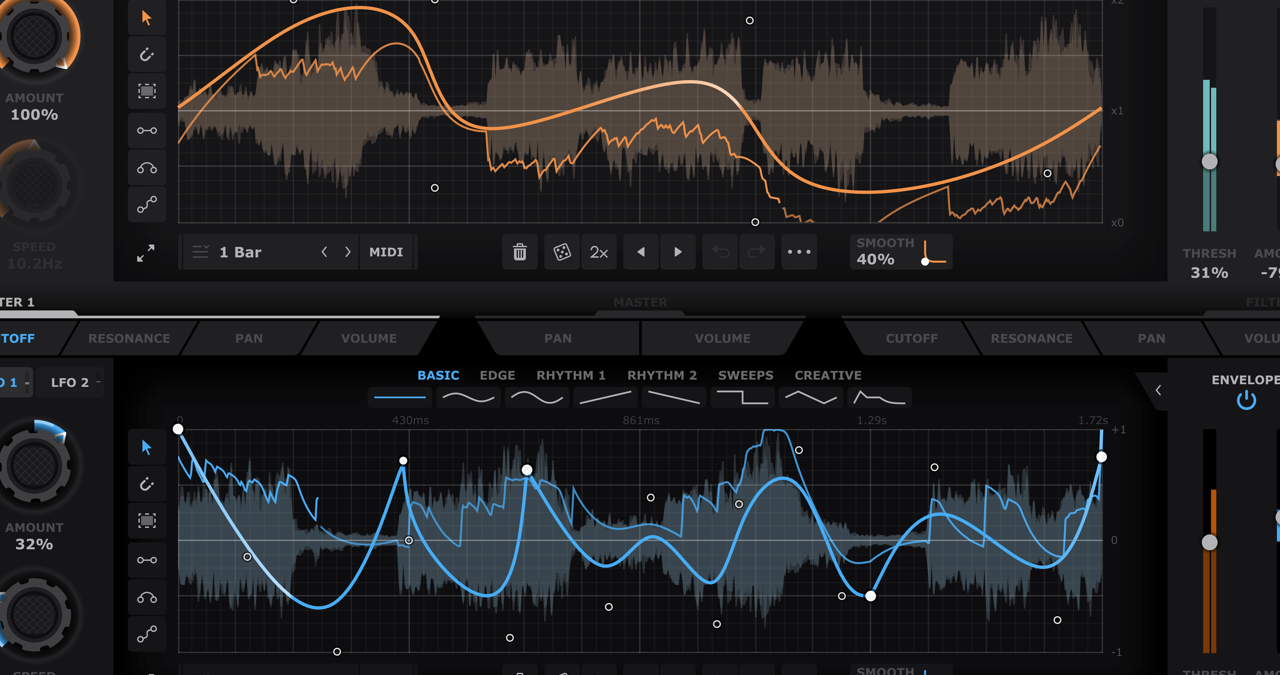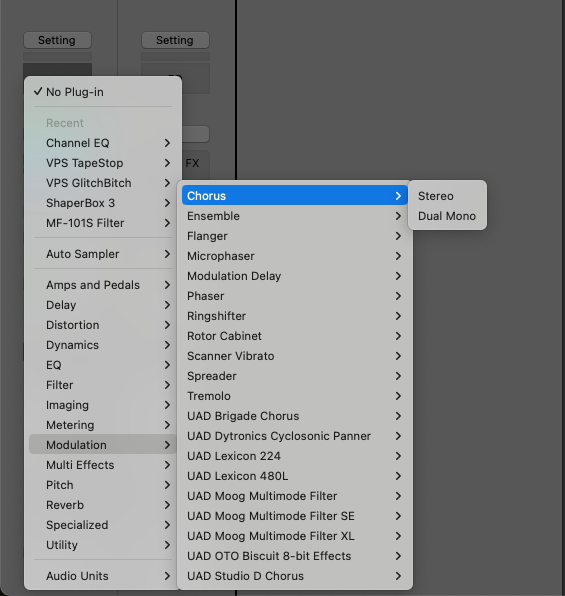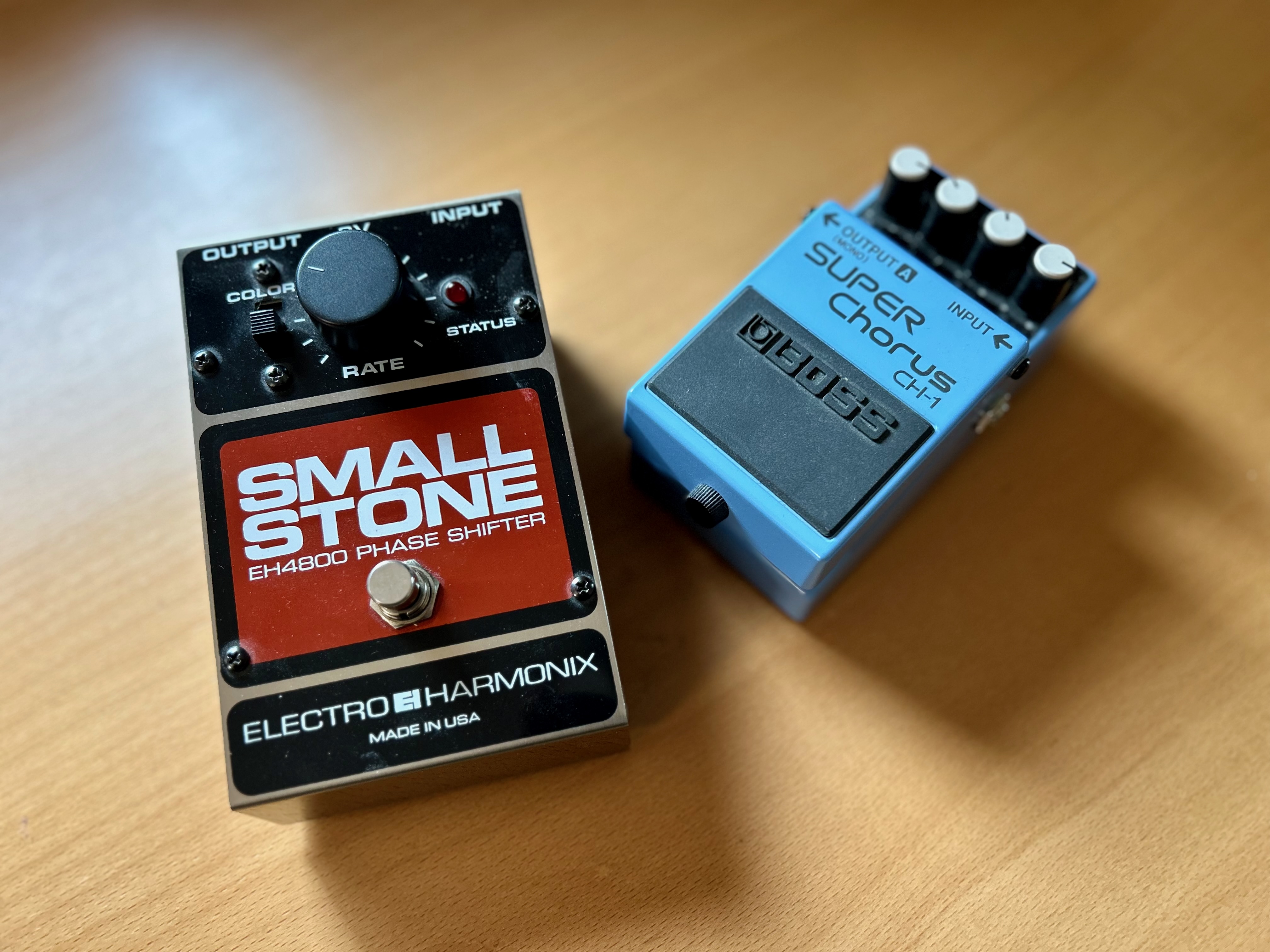14 tips for modulating your sounds better
If you are still unsure about the best way to approach modulation and movement, check out our top tips for complete success.

We've recently been exploring some of the key principles of modulation and movement, digging into key effects like chorus, phasing and flanging - as well as some classic techniques laboriously deployed by the pioneers of yesteryear.
Here, we're going to boil down our learnings into 14 bitesize nuggets that you can quickly grasp and incorporate into your productions. Apply these methods and you'll get more dynamic sounds than you ever though possible…
1. Find your phase
One point that we have encountered as we have explored different forms of modulation, is how similar chorus, phasing and flanging can be. They all provide capacity to broaden texture, but phasing and flanging can sound exceptionally colourful too. It's important to explore all options before committing to your chosen texture, so always audition different plugins before committing to your final mix.
2. Thicken the texture
Some synthesisers, and associated virtual instruments, can sound incredibly thin when auditioned without our highly regarded thickening agents. But while they might sound thin, they may also provide a texture or colour which is perfect for your track. Don't be tempted to disown a sound purely on its original merits, when the addition of some modulation could completely revolutionise its placement in your track.
3. Make it interesting
If there's one thing that a modulation or movement plugin can bring to your track, it's interest. It's no surprise that some of the most highly regarded produced music of the last 50 years, has adopted a sensibility of providing the listener with interest in just about every bar. We certainly have our favourites, but don't be afraid to learn from the past masters, and analyse your favoured producers and productions. There is always something to learn from the best people in their field.
4. Get rhythmic
If your track is feeling a little stagnant, as a synthesiser pad sounds a bit boring against the rest of your rhythm section, think about adding a basic rhythm of some kind. Even the most basic 16th or 1/8th note gate will add interest to keep your production alive. Better still, change up the note value halfway through a sequence, to keep that listener on their toes!

5. Fields of dreams
Adding modulation plugins can seriously broaden the stereo field of your track, but you can also create fantastic effects by layering sounds across the stereo field. Try duplicating a track with another instrument, and place it on the opposite side of your stereo field. The effect can be quite impressive, despite being one of the simplest functions you can pull-off in your DAW.
Get the MusicRadar Newsletter
Want all the hottest music and gear news, reviews, deals, features and more, direct to your inbox? Sign up here.
6. The classics
If you are working in contemporary production, don't go thinking that the classic modulation devices don't have anything to offer you. There is always a reason why a piece of equipment has garnered classic status, and thanks to the software domain, the world is your modulation oyster, with so many classic devices available as clones, within software. Try them out; you might be surprised!
7. Go contemporary
By an equal and opposite measure, if you prefer working with more conventional effects and modulation processing, you might be missing out by not exploring the new modulation and movement plugins on the block. Many of them can cover the whole bandwidth, from classic stylings, to harsh contemporary sounds. If you don't try, you won't know!
8. External sources
If you have access to an external synthesiser or guitar (or even piano), it's possible to get some fantastic results by applying modulation plugins to external sources. Even the most humble of recording set ups, such as a single microphone on a piano, can yield impressive results with a minimum of fuss. You might just find that new must have sound, that your track desires!

9. Apply over time
You don't always have to apply modulation on an instrument channel strip. Adding modulation, such as chorus or phasing, to a buss or an auxiliary channel, will allow you to gradually apply modulation as your track plays-out. If your modulation plugin allows, you can achieve the same result by adjusting the wet/dry pot or fader.
10. Added extras
Compounding one modulation effect with another can create some exceptionally interesting textures. You don't just have to stop with a single chorus; try adding two or three to your instruments construct, ensuring that you alter the settings for each, so that they are all different. The results can be exceptionally impressive.
11. Manual movement
If you are working to a tight budget, don't forget that even the most basic DAW should provide capability for applying automation. You can generate basic interest, such as stereo panning from side-to-side, or create rhythmic textures, using volume or expression automation. In some respects, they provide more flexibility than plugins, so even if you are using automated plugins, going manual may achieve a different or better result.
12. Hardware
Much like analog synthesisers, traditional hardware modulation pedals can also bring a different flavour to the production party. The 2nd hand guitar market is filled-to-brimming with unloved bargains, and as we all know, sometimes the cheapest devices can reveal a treasure trove of sonic colour. Just because it's hardware, it can still have its use in your track.

13. Don’t just preset
It is very tempting to work solely with presets, particularly when using some of the more complicated movement-based effect plugins. Think of them as being musical instruments in their own right, which you need to learn to use and play. The investment of a little time will yield the best result, and you might stumble upon some happy accidents along the way.
14. Get experimental
The wonderful thing about music technology and the power that we have, even in the most humble of laptops or tablets, is the extraordinary ability to experiment. Don't be afraid to try things out. While there are some rules for modulation success, breaking them may yield an entirely different sound which is appropriate for you. The worst that can happen is that you hit undo and you don't save it!

Roland Schmidt is a professional programmer, sound designer and producer, who has worked in collaboration with a number of successful production teams over the last 25 years. He can also be found delivering regular and key-note lectures on the use of hardware/software synthesisers and production, at various higher educational institutions throughout the UK










